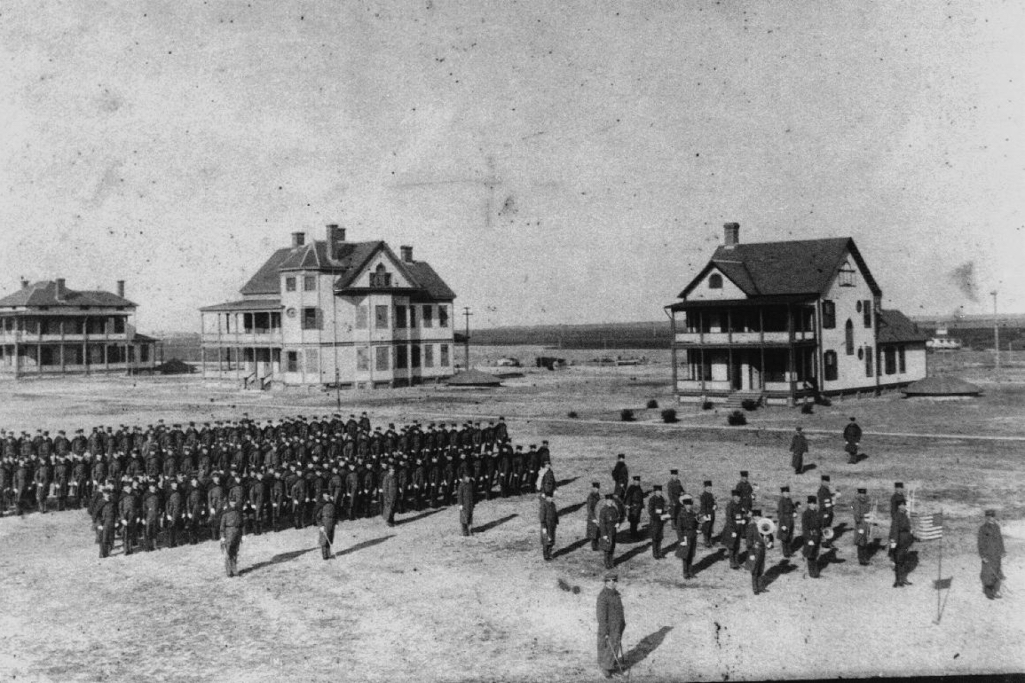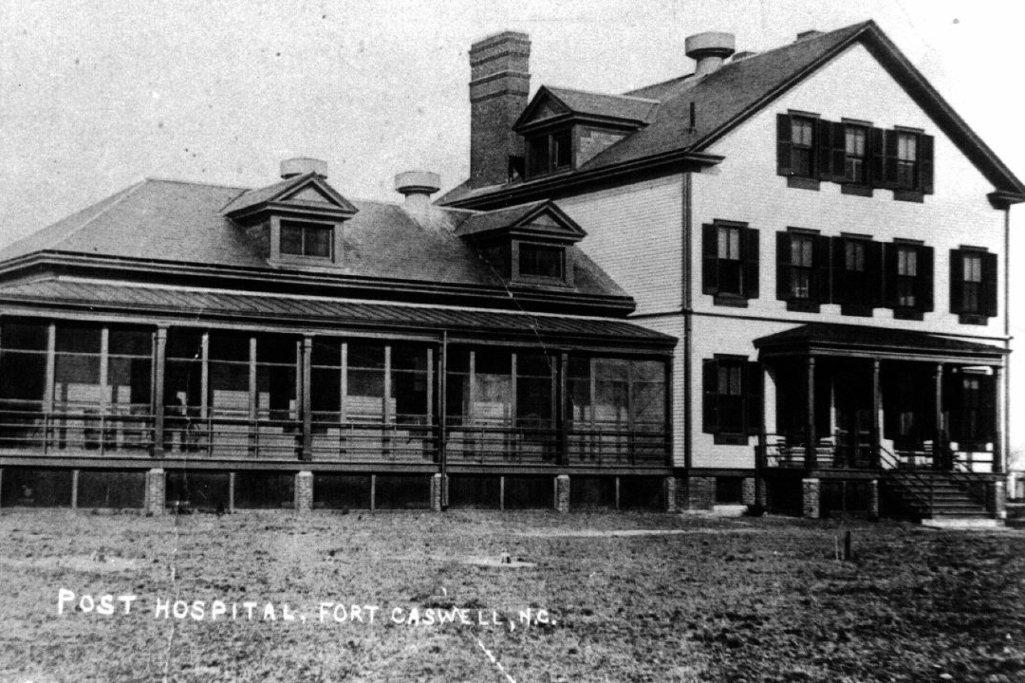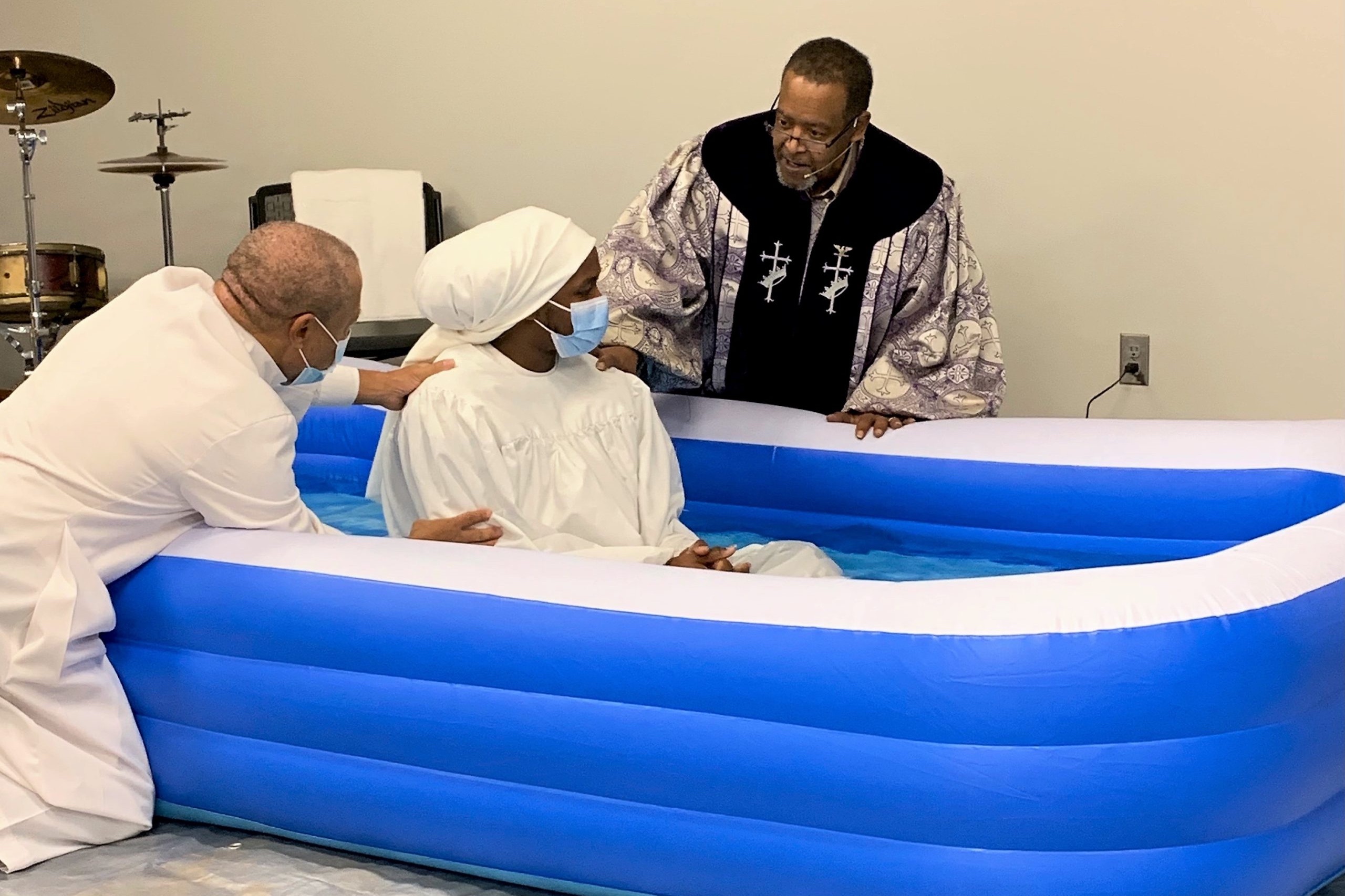
Following is a timeline of significant events in the history of Fort Caswell, a former military outpost that now serves as a coastal retreat and conference center that is owned and operated by the Baptist State Convention of North Carolina.
1826-1838
The U.S. Army Corp of Engineers construct a fort on the eastern end of Oak Island as part of a national chain of forts built for coastal defense. The fort is named for Richard Caswell, a Revolutionary War hero and North Carolina’s first governor, in 1833.
1861
One month after South Carolia secedes from the Union, local citizens seize Fort Caswell in January 1861 over fears of federal occupation of North Carolina’s military installations. The fort is returned, however, by order of the governor since North Carolina had not yet seceded from the Union. After the Civil War begins in April, local militia seize Fort Caswell again, and it becomes one of the main Confederate defenses of the Cape Fear River.
1865
On Jan. 17, 1865, Confederate soldiers retreating from Fort Fisher on the opposite side of the mouth of the Cape Fear River detonate powder magazines at Fort Caswell. The blast destroys the entire southeast face of the original pentagon-shaped fort and damages the western face. The following day, Union forces seize Fort Caswell.
1895-1904
The fort falls into disuse following the Civil War until appropriations are made to reactivate Fort Caswell in 1895. A national effort to modernize coastal defenses leads to the construction of several batteries and a seawall that still exist along Caswell’s coastline.

Fort Caswell served as training grounds for national guardsmen during World War I.
1917-1918
Following the United States’ entry into World War I, thousands of national guardsmen train at Fort Caswell, including a number of soldiers who serve in France. Despite the reported presence of German U-boats along this part of the North Carolina coast, Fort Caswell primarily serves as a training ground rather than for defenses during World War I.
1918-1925
Despite continuing to serve as a training ground for a number of years following World War I, the U.S. War Department announces plans to close Fort Caswell in 1923. The fort is placed into the hands of a caretaker. Interest in what to do with the property abounds.
1926-1941
In 1926, the federal government sells Fort Caswell’s 248 acres to developers who plan to convert the abandoned military outpost into a resort. The Great Depression delays the developers’ progress, and much of the work on the project does not begin until 1937. Part of the renovation includes converting two large gun wells atop Battery Caswell into swimming pools, the remnants of which are still present today. Despite optimism and promise, plans to operate Fort Caswell as a resort never materialize.
1941-1945
One month prior to Japan’s attack on Pearl Harbor, the U.S. Navy purchases Fort Caswell from the former developers for $75,000 on Nov. 17, 1941, and the fort is placed back into military service on Jan. 1, 1942. During World War II, Fort Caswell serves as a submarine tracking station, a training and communications center, and a base for supplies and small naval craft. Following the war, Fort Caswell falls into disuse again.
1949
After the U.S. government designates Fort Caswell as surplus property to be sold, the Baptist State Convention of North Carolina purchases the property for $86,000 on Sept. 17, 1949. Efforts to purchase the property are aided in Washington, D.C., by Congressman Charles B. Deane, who served for many years as the state convention’s recording secretary.
1950
The new Baptist Assembly formally opens the weekend of June 16-18, with a sign at the entrance proclaiming: “Seashore Retreat Operated by the Baptist State Convention of North Carolina; Religious Conferences June, July and August; You are cordially invited.” More than 4,300 people from across the state attend summer programs the first season.
1965
Oceana Motel, a 20-room, family-style motel with kitchens, opens after being constructed in two phases in the early 1960s.

Hatch Auditorium was dedicated on July 17, 1968.
1968
As the number of people using the assembly increases, so does the need for an adequate auditorium. Hatch Auditorium is dedicated on July 17, 1968. The auditorium is named for Rachel E. Hatch, an Episcopalian who leaves her entire estate to the Baptist State Convention of North Carolina, which enables construction of the facility. Hatch believed “Baptists have their hand on the pulse of humanity and seek to touch the needs of the people.”

Fort Caswell’s former hospital was renovated in 1970 and renamed Lantana Lodge.
1970
The completion of renovations to the fort’s former hospital into a facility renamed Lantana Lodge is considered one of the more important changes at Fort Caswell. The new facility included 12 bedrooms, a modern kitchen, a small cafeteria and conference rooms, allowing Fort Caswell to provide year-round accommodations.
1978
A new stand-alone cafeteria opens its doors for guests on July 19, 1978.
1983
N.C. Baptist officials receive an unsolicited offer by private developers to purchase the Fort Caswell property for $4.125 million. Reports of the offer result in an outpouring of support for Caswell. After leaders decide not to sell the property, renovation efforts to many of the property’s aging facilities commence in the fall, with work spearheaded by volunteers with N.C. Baptist Men, now known as N.C. Baptists on Mission. At November’s state convention meeting, messengers approve a $3 million capital campaign for Caswell, which eventually results in the construction of a new conference center, church group cottage and classroom building.
1986
Redwine Cottage is dedicated in May 1986, which features apartment-style accommodations for church groups. The cottage is named for Richard Redwine, who served as Fort Caswell’s first director.
1987
A new classroom building located behind Hatch Auditorium opens. The facility replaces meeting rooms scattered across campus and allows for small- and large-group meetings to take place in a central location. Year-round programming also begins at Caswell in the fall of 1987, spurred by the building boom on campus.
1989
The Smith Conference Center opens, providing hotel-like accommodations, classrooms and a dining facility. The facility overlooking the mouth of the Cape Fear River at the easternmost tip of Oak Island helps expand people’s view of Caswell as a destination retreat and conference center.
2013
Construction is completed on Sandpiper Cottage, Fort Caswell’s largest cottage that can house approximately 60 to 100 guests. The cottage offers views of both the Atlantic Ocean and Cape Fear River from its balconies. Additionally, the Fort Caswell Historic District is listed on the National Register of Historic Places on Dec. 31, 2013.
2025
Fort Caswell celebrates its 75th season of ministry.
Sources: State of North Carolina, N.C. Baptists, Fort Caswell and Biblical Recorder historical records, “Fort Caswell in War and Peace” by Ethel Herring and Carolee Williams.
(EDITOR’S NOTE — This article originally appeared in the May/June 2025 issue of the Biblical Recorder magazine in conjunction with a historical feature on Fort Caswell’s 75th year of ministry.)


